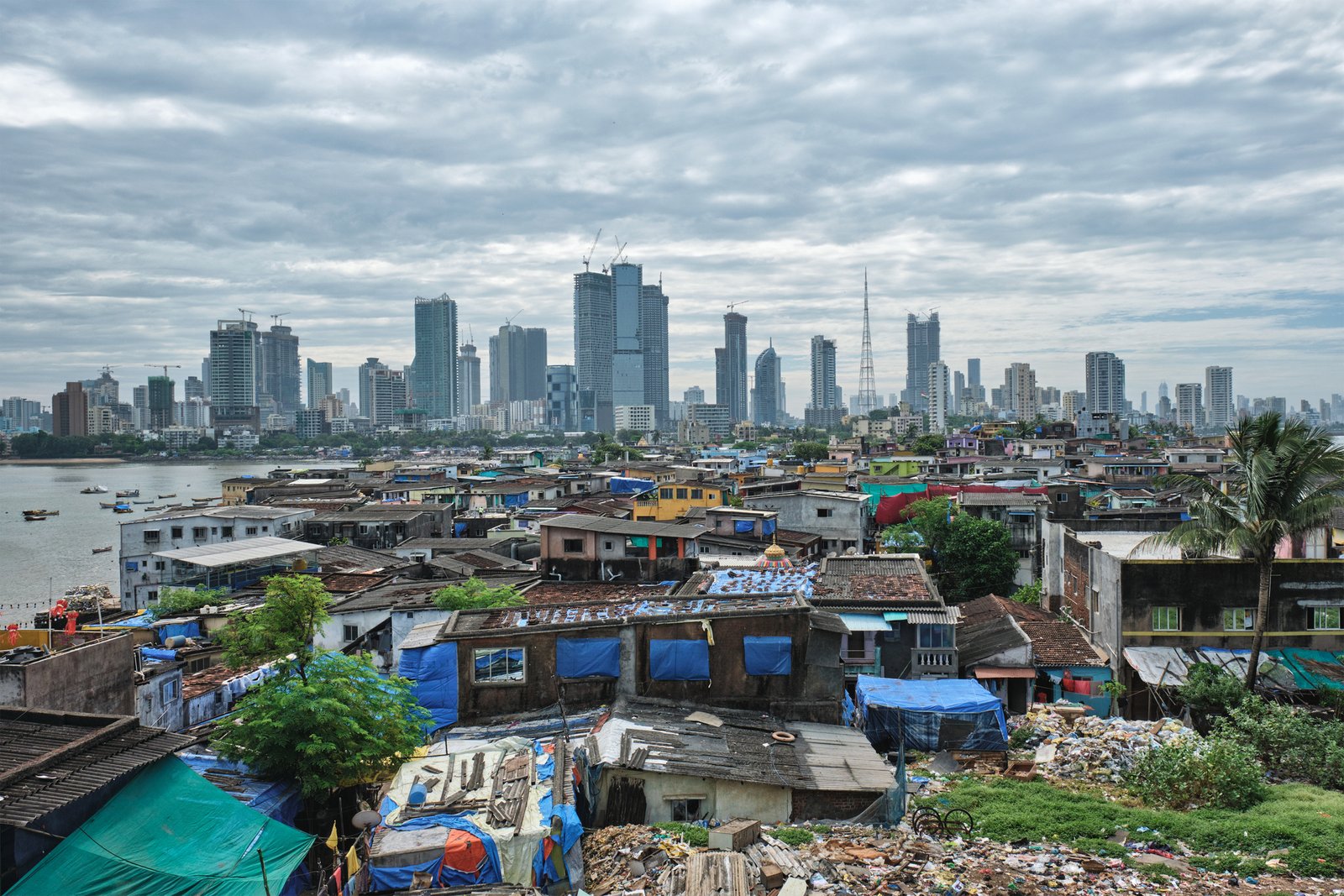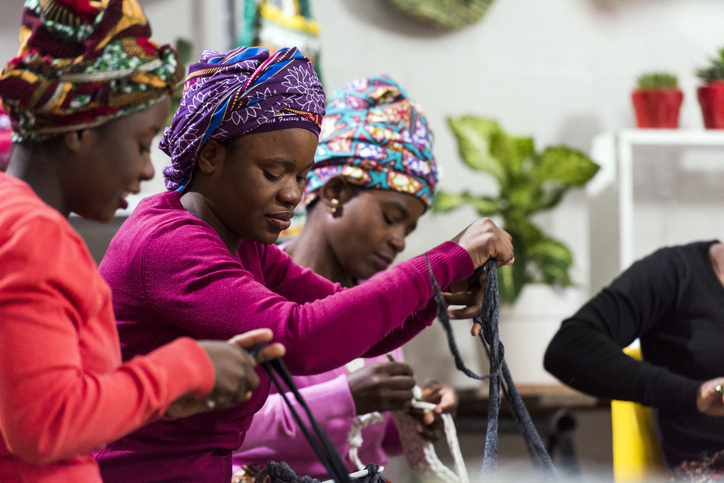Around two fifths of the world’s population still rely on unclean cooking fuel for their daily energy requirements. As this column reports, this places an unequal burden of ill health on women, who typically spend more time cooking than men. Policies that enable universal access to clean energy would lower the large health and time costs associated with unclean cooking fuels, leading to significant improvements in women’s health and economic outcomes.
Because of traditional gender norms related to household work, women spend a considerably greater amount of time on cooking and other domestic tasks compared to men. This leads to disproportionate health and time costs borne by women as a result of inefficient cooking, exposure to indoor air pollution, and lack of access to labor-saving household appliances.
At the same time, in most developing countries, women have limited authority and bargaining power within their households to make healthy fuel choices, while men have weak incentives to opt for clean cooking fuel. These factors, together with the prevalence of unclean fuel in developing countries, impose a direct threat to the health and economic outcomes of women.
Traditional gender norms related to household work affect women’s outcomes through two main channels:
- A time-use channel: women spend a significant amount of their productive time in household work (see Figure 1), such as cooking, cleaning, and taking care of children – and thus, have either limited time or no time available for market work.
- A health channel: women engage disproportionately more in activities that damage their health, such as cooking with unclean fuel, which exposes them to large amounts of harmful pollutants (see Figure 2). This can affect the health and productivity of women, thus affecting their labor supply.
Reducing the household time burden for women – for example, through the diffusion of household appliances in the United States or electrification in South Africa – can free time for women away from household work, allowing them to increase their market labor supply. This can have a direct impact on women’s empowerment and autonomy. It can also have significant positive effects on family wellbeing, especially through improvements in the nutrition and education of children.
Clean cooking fuels contribute to this channel as they are efficient and healthier than traditional solid fuels, they eliminate the time wasted in collecting traditional fuels (such as wood), and they reduce the overall time spent in cooking and/or ill health.
While the time-use channel is well established in previous research, not much is known about the importance of the health channel. According to a report by the World Health Organization, the smoke inhaled by women from unclean fuel is equivalent to burning 400 cigarettes in an hour. Given that men do not cook in most households, a direct implication is gender disparity in health due to differential exposure to harmful pollutants.
Evidence on the health burden from unclean fuel is sparse, and mostly focuses on children’s health outcomes, such neonatal deaths or infant mortality. As a result, there is limited evidence about the impact of energy poverty on women’s health.
Understanding the implications of unclean fuel use for the health of women is particularly important as gender discrimination in nutrition and education in many developing countries results in overall poor health conditions of women.
In addition, understanding women’s health is essential as it can affect the economic wellbeing of the entire household. Unhealthy women are less productive in the labor force, they are more likely to give birth to low-weight infants, and they are less able to provide food and adequate care for their children.
In co-authored work with Imelda (Universidad Carlos III de Madrid), we explore these issues by studying a nationwide fuel transition program in Indonesia. This policy, which was rolled out in a phased manner, replaced a fuel subsidy on kerosene (a non-solid, dirty fuel) with a fuel subsidy on LPG (a non-solid, clean, and efficient fuel), thus making LPG the more affordable option for household use. Over a span of five years, this program reached more than 70% of the total population, leading to a reduction in the household use of kerosene of over 90%.
Program evaluation shows that access to modern energy (LPG) can be a strong determinant of health, productivity, and economic opportunities, particularly among women. We find that the program led to a significant increase in the respiratory health of women (as measured by their lung capacity). It also resulted in an increase in their labor supply on both the extensive and the intensive margins – more women took up market work, and women already working increased their hours.
Importantly, the impact was concentrated among women who spend more time cooking indoors, with negligible change in men’s health (see Figure 3). This is a particularly crucial finding as it suggests that a part of the gender disparity in health in developing countries can be explained by the intersection of gender norms and energy poverty, thus highlighting the large gender-specific gains from modern energy access.
We investigate several potential mechanisms and conclude that the reduction in indoor air pollution due to the adoption of clean fuel is likely to be the leading factor that explains the observed health improvements. Further, we show that the increases in labor supply are mainly concentrated among women with the largest health improvements, suggesting a close relationship between health improvements and increased labor supply.
Overall, our findings show a powerful link between clean energy access and gender disparity in health and labor supply. Thus, if women lack proper bargaining power in resource choices that disproportionately harm them, a well-designed policy intervention to provide incentives for modern energy adoption can have an additional positive impact in empowering women by reducing the gender gap in outcomes.
In the coming decades, developing countries will play a major role in driving growth in energy consumption. Some countries have made major investments to move away from unclean fuel: for example, India’s nationwide ‘Pradhan Mantri Ujjwala Yojana’ provides LPG connections to women in families below the poverty line. But many regions in sub-Saharan Africa and developing Asia still display alarmingly slow growth in clean energy access.
Given the intricate relationship between gender roles and unclean fuel, our findings suggest that approaching solutions to energy poverty through the gender lens can have significant effects. Thus, in developing countries – where the burden of energy poverty is the highest – universal access to clean energy can play a key role in improving women’s outcomes and leading the pathway to gender equality.

|
Figure 1: Distribution of primary activity, by gender. The figure shows a clear gender disparity in household work, with approximately 38% of women compared with less than 2% of men performing household work as their main activity. Data: IFLS 2007. |

|
Figure 2: Particulate matter (PM) emission from kerosene and LPG. Source: compiled using data from www.ncbi.nlm.nih.gov. |

|
Figure 3 shows the impact of clean cooking access policy in Indonesia on respiratory health (left) and labor force participation in agriculture (right) for women (red bars) who do household work and for men (green bars). The changes on y-axis is relative to changes in the group that was not exposed to clean cooking policy i.e. group with 0 years of exposure to the policy. Data: IFLS |






